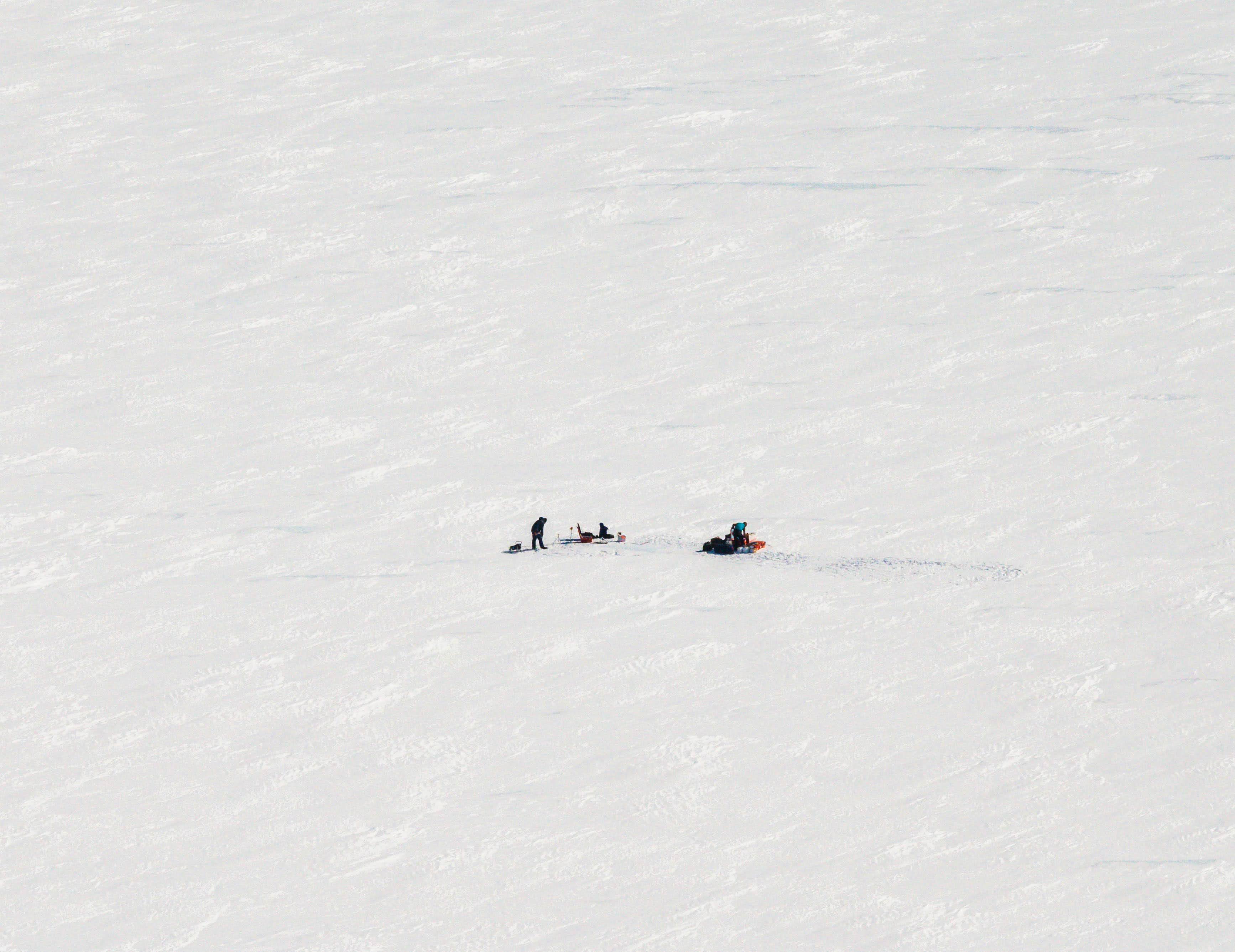 IGPP is pleased to invite you to join its Winter 2024 Seminar Series presentation featuring Wenyuan Fan. Dr. Fan's talk, "Integrating seismic and geodetic observations to resolve the seasonal evolution of the Greenland basal hydrologic system and its implication to ice dynamics" will occur at 3pm WEDNESDAY February 14, 2024.
IGPP is pleased to invite you to join its Winter 2024 Seminar Series presentation featuring Wenyuan Fan. Dr. Fan's talk, "Integrating seismic and geodetic observations to resolve the seasonal evolution of the Greenland basal hydrologic system and its implication to ice dynamics" will occur at 3pm WEDNESDAY February 14, 2024.
Time: 3:00 pm, Pacific Time
Location: Revelle Conference Room
Abstract: The mass-loss rate of the Greenland Ice Sheet is accelerating due to increased surface melt and changes in ice-sheet dynamics; however, our understanding of how and when increased melt may lead to increased ice velocity is limited in part by the difficulty in characterizing the evolution of the basal meltwater system and its effects on ice sheet-bedrock coupling. To monitor the evolution of the basal hydrologic system and its relationship to surface ice velocities, we conducted a field experiment from May to September 2022 near North Lake on the western margin of Greenland. We deployed seismic and geodetic instruments that captured the seasonal evolution of the basal hydrologic system, as well as the drainage of two nearby supraglacial lakes. Our seismic network included three small-aperture dense arrays, which recorded continuous data generated by the evolving hydrologic systems. The seismic arrays are used to detect and locate seismic tremor sources at the ice-sheet bed, likely correlated with basal meltwater flow. Our observations show tremor activity increases starting around day 175, preceding the increase in ice surface velocities relative to the winter velocity. Tremor activity peaks in the days before the two rapid lake drainage events (day 195), likely associated with precursory surface-to-bed drainage through a moulin west of North Lake. Immediately after lake drainage, tremor activity shuts down, though ice velocities remain elevated over winter velocities. These observations provide new constraints on the interconnected feedback processes between supraglacial and subglacial hydrologic systems and suggest that ice surface velocities may be regulated by the activity of basal meltwater flow in complex ways over the melt season. Additionally, our results suggest that lake drainage events can lead to a shift in subglacial hydrologic systems, facilitating sediment transport and reshaping subglacial topography.
